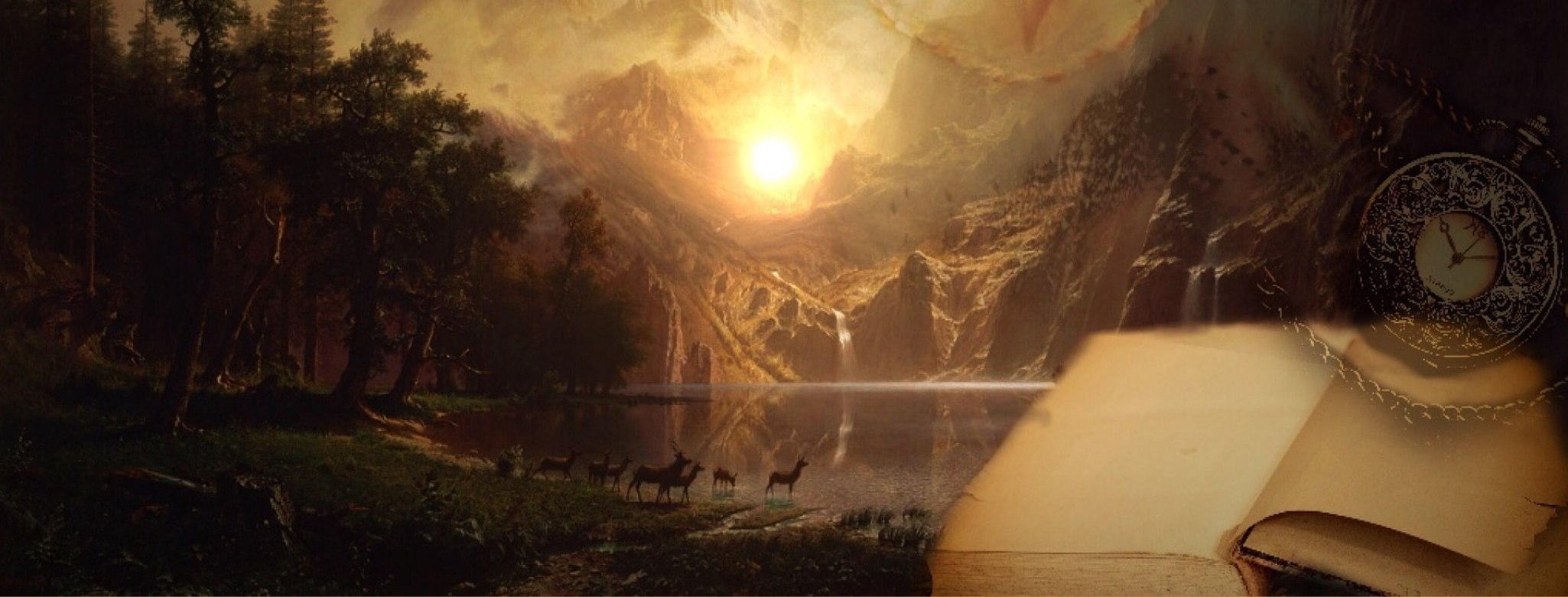Swan
Basic Information
Anatomy
Large aquatic birds, with long necks and a wide wingspan.
Mostly covered in white feathers, but very rarely black varients are also found.
Genetics and Reproduction
Swans ley eggs in self made nests, where the male and female will take turns sitting on the eggs to keep them warm.
An average nest consists of 3-5 eggs.
When the eggs hatch both parents will activly care for the chicks for about 6-8 months, until they fly out to find partners of their. own.
Growth Rate & Stages
A swan is born as a small brown feathered chick, it will take almost a year to grow up to an adult.
Over the course of this year the brown feathers will slowly change to white.
Ecology and Habitats
Found in and around rivers, ponds and lakes. Not found in swamps.
Dietary Needs and Habits
Swans use their beaks to scoop up water and filter out duckweed and other small water plants
Additional Information
Social Structure
Living in monogamous pairs together with their ofspring.
Geographic Origin and Distribution
Water
Perception and Sensory Capabilities
Able to see in ultraviolet
Symbiotic and Parasitic organisms
Friendly towards other waterfowl.
Scientific Name
Cygnus cygnus
Lifespan
10 years
Conservation Status
Prohibition on hunting.
Average Weight
10.6 to 11.87 kg for males.
7.6–10.6 kg for females.
Average Length
140 to 160 cm (55 to 63 in) long, although can range in extreme cases from 125 to 170 cm (49 to 67 in), with a 200 to 240 cm (79 to 94 in) wingspan.
Geographic Distribution




Comments